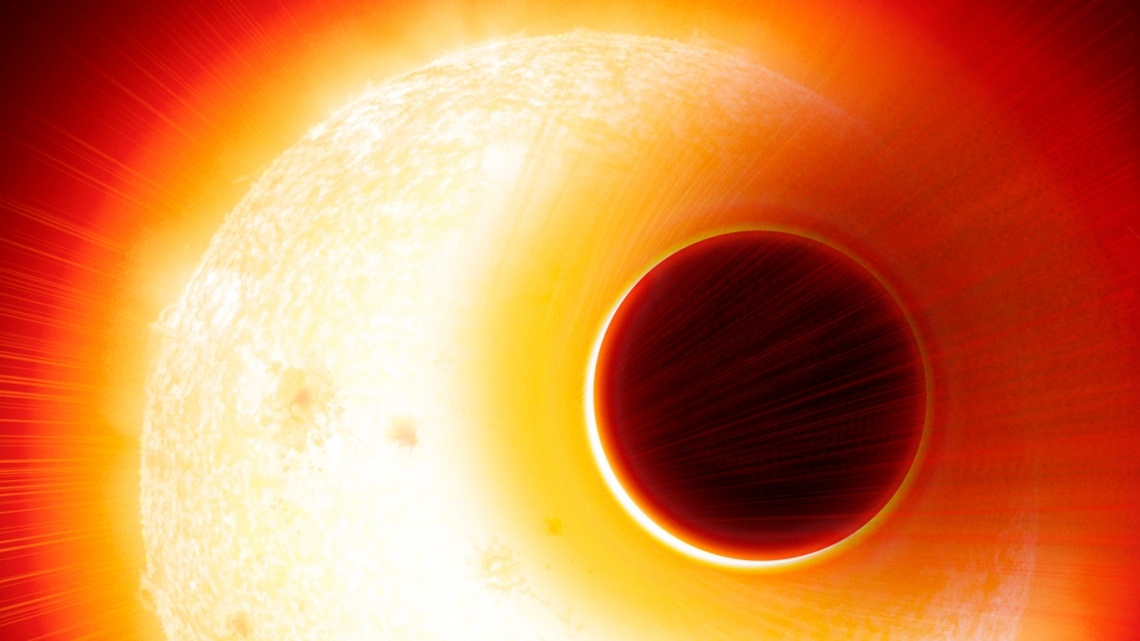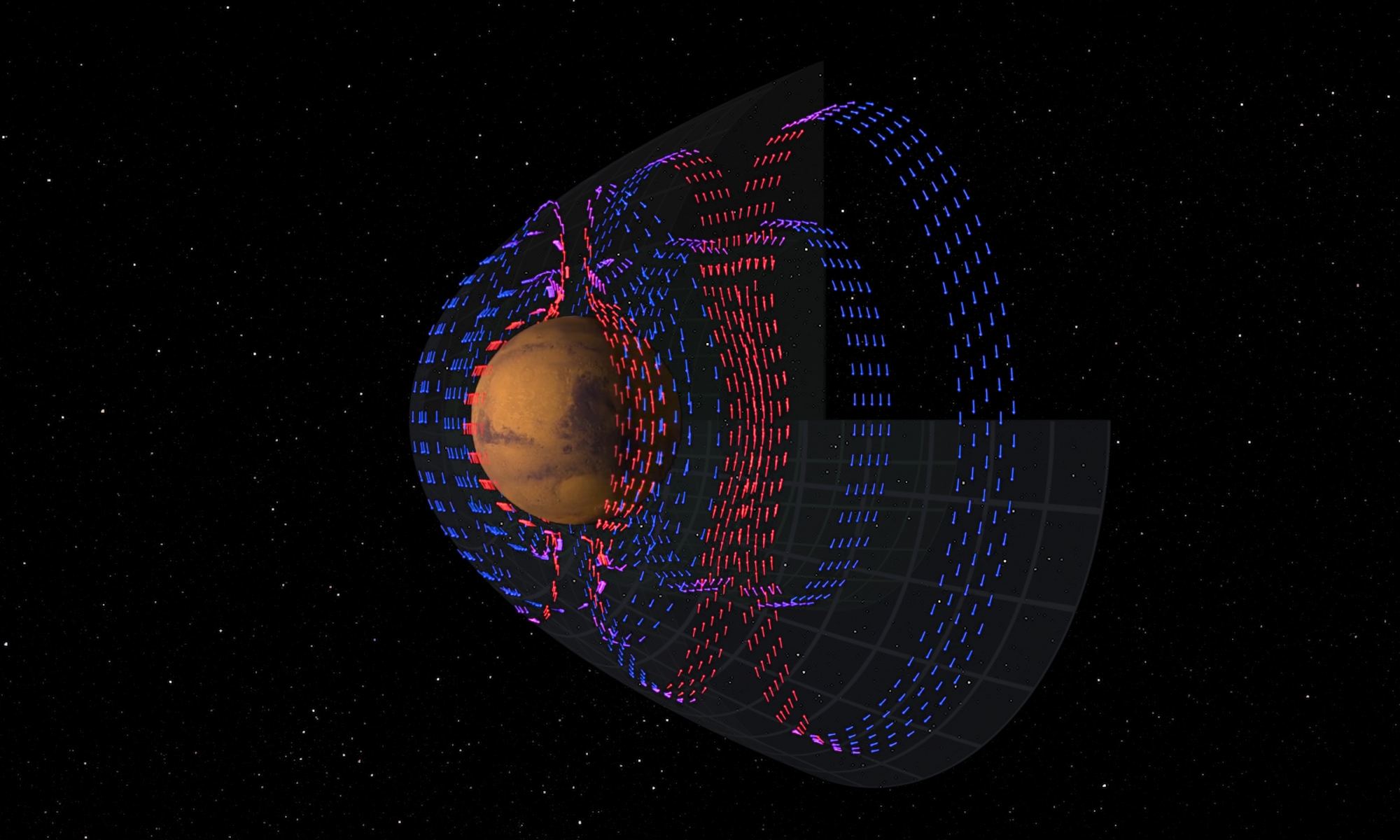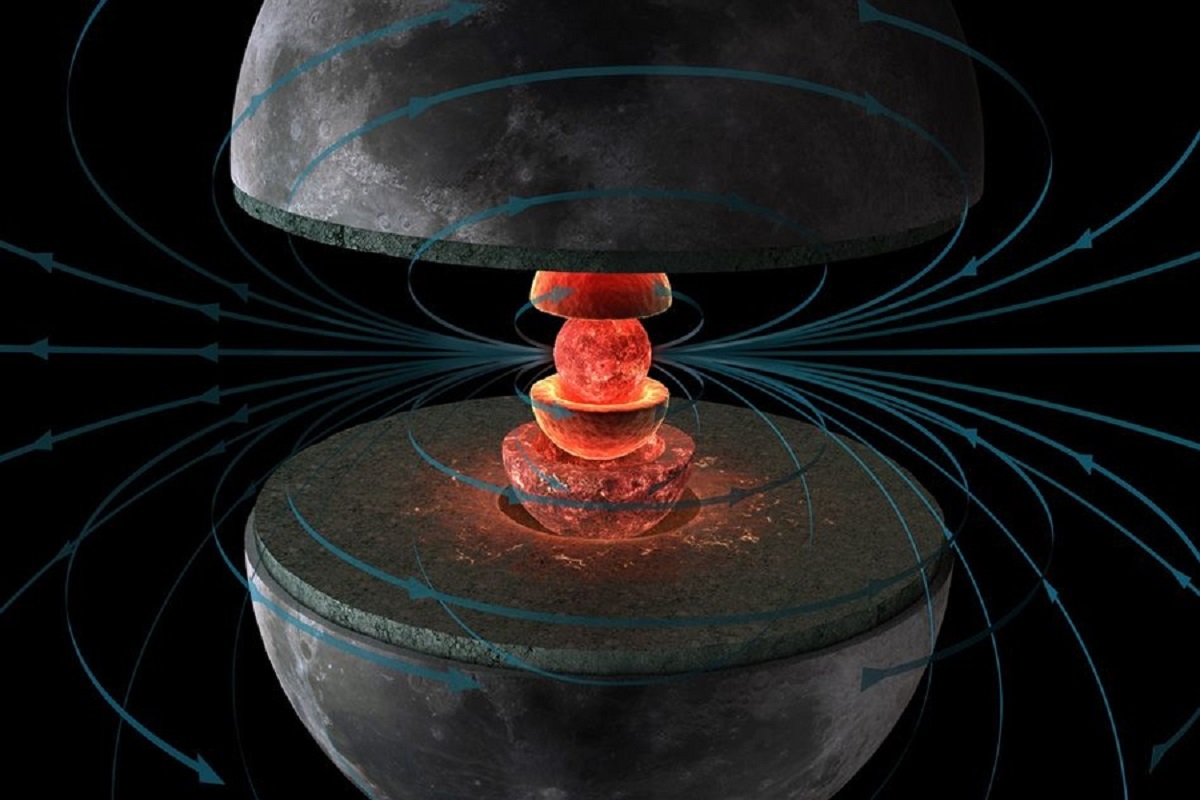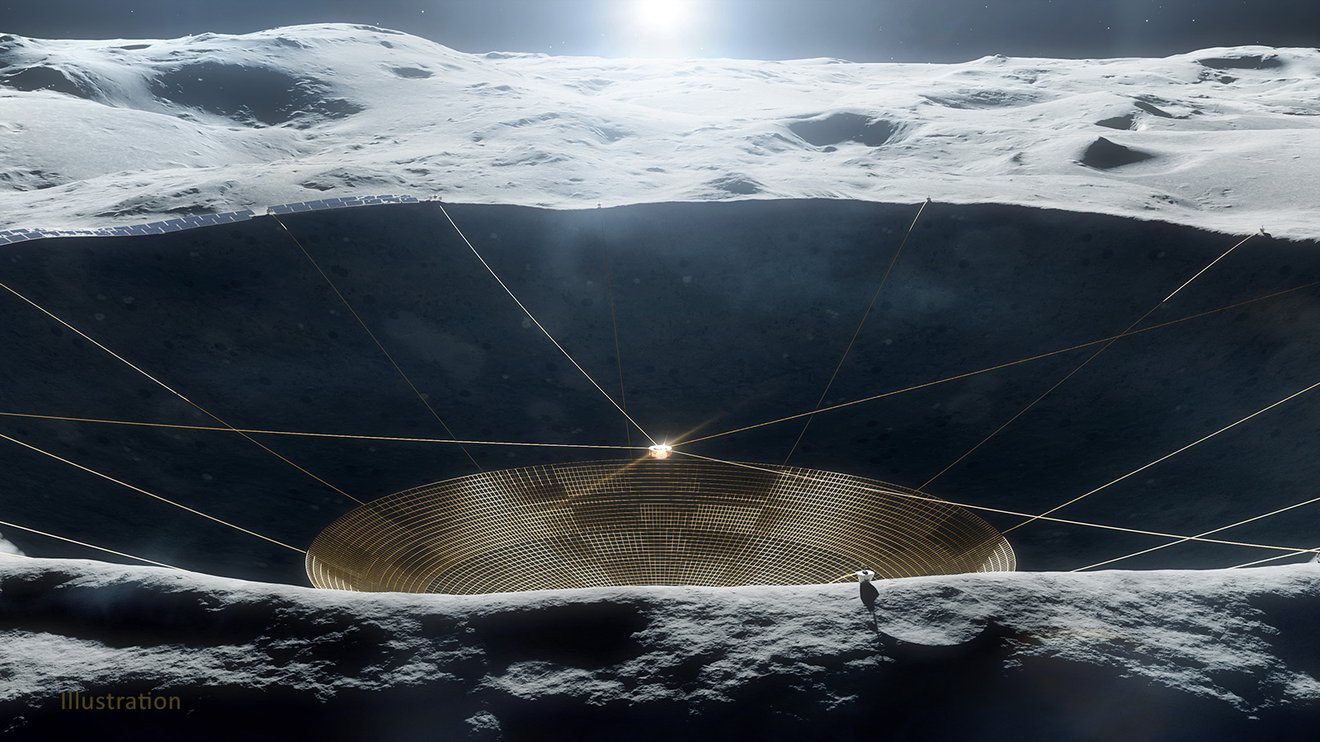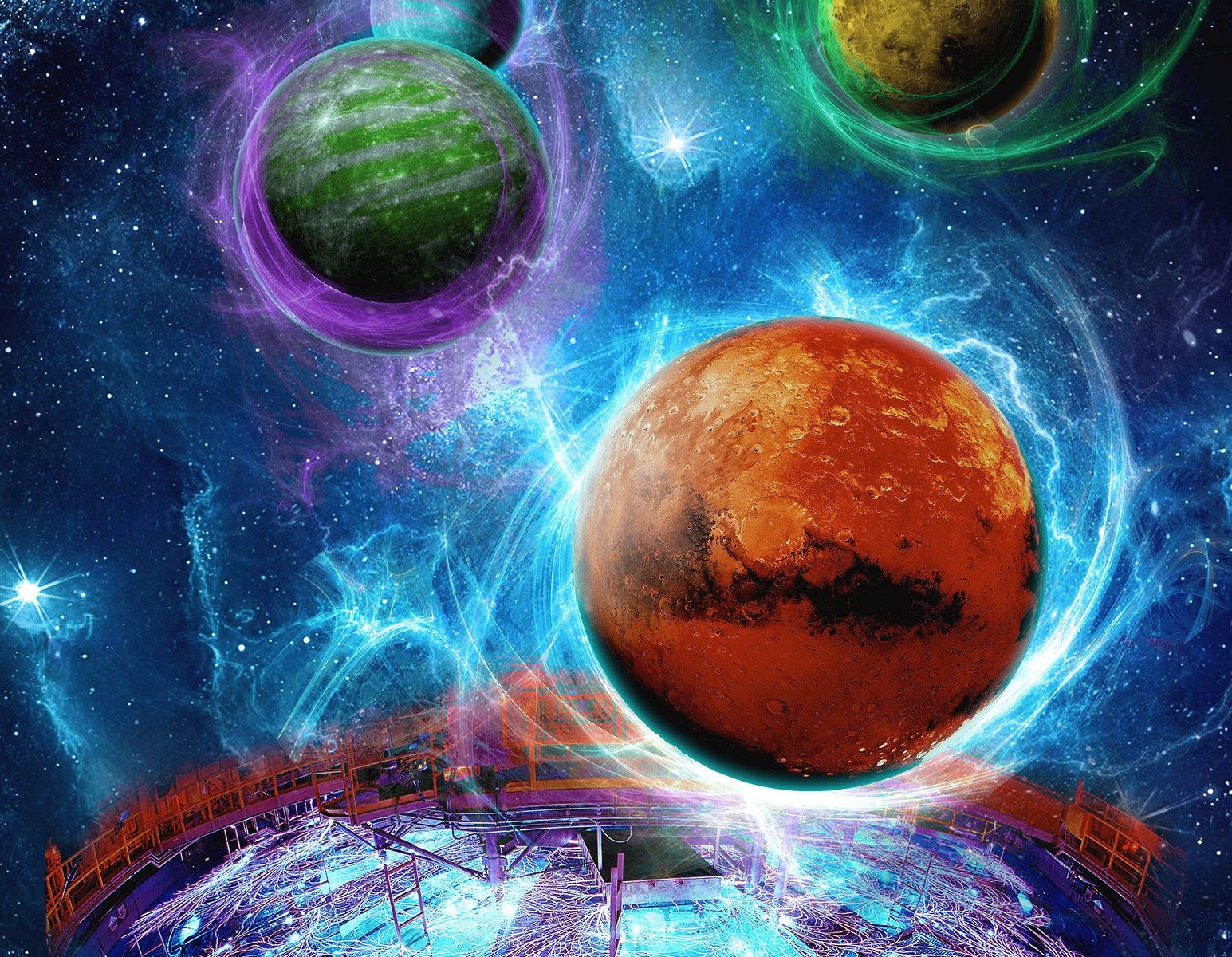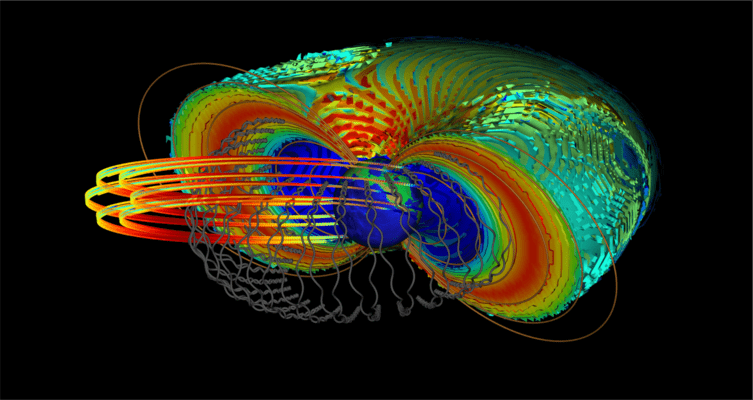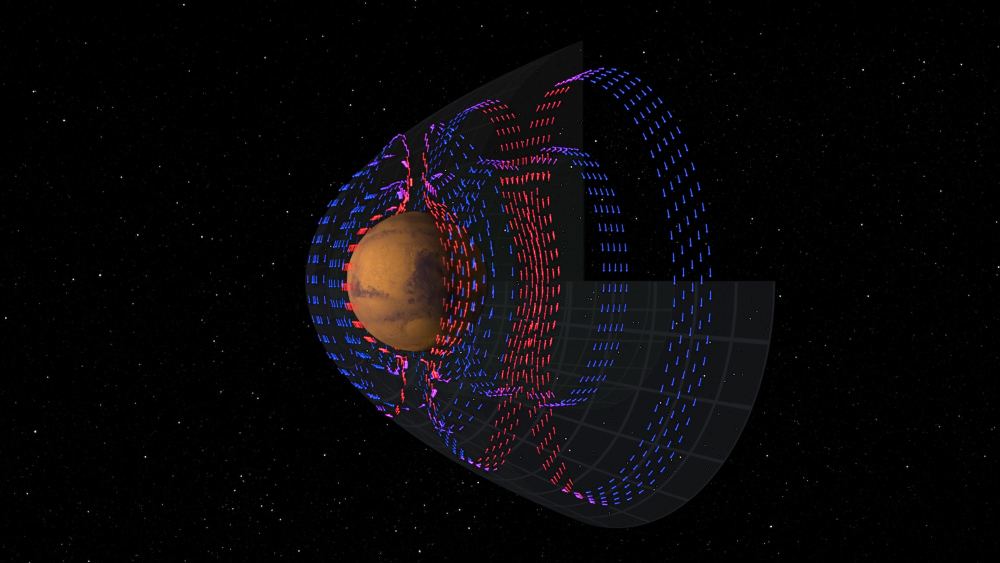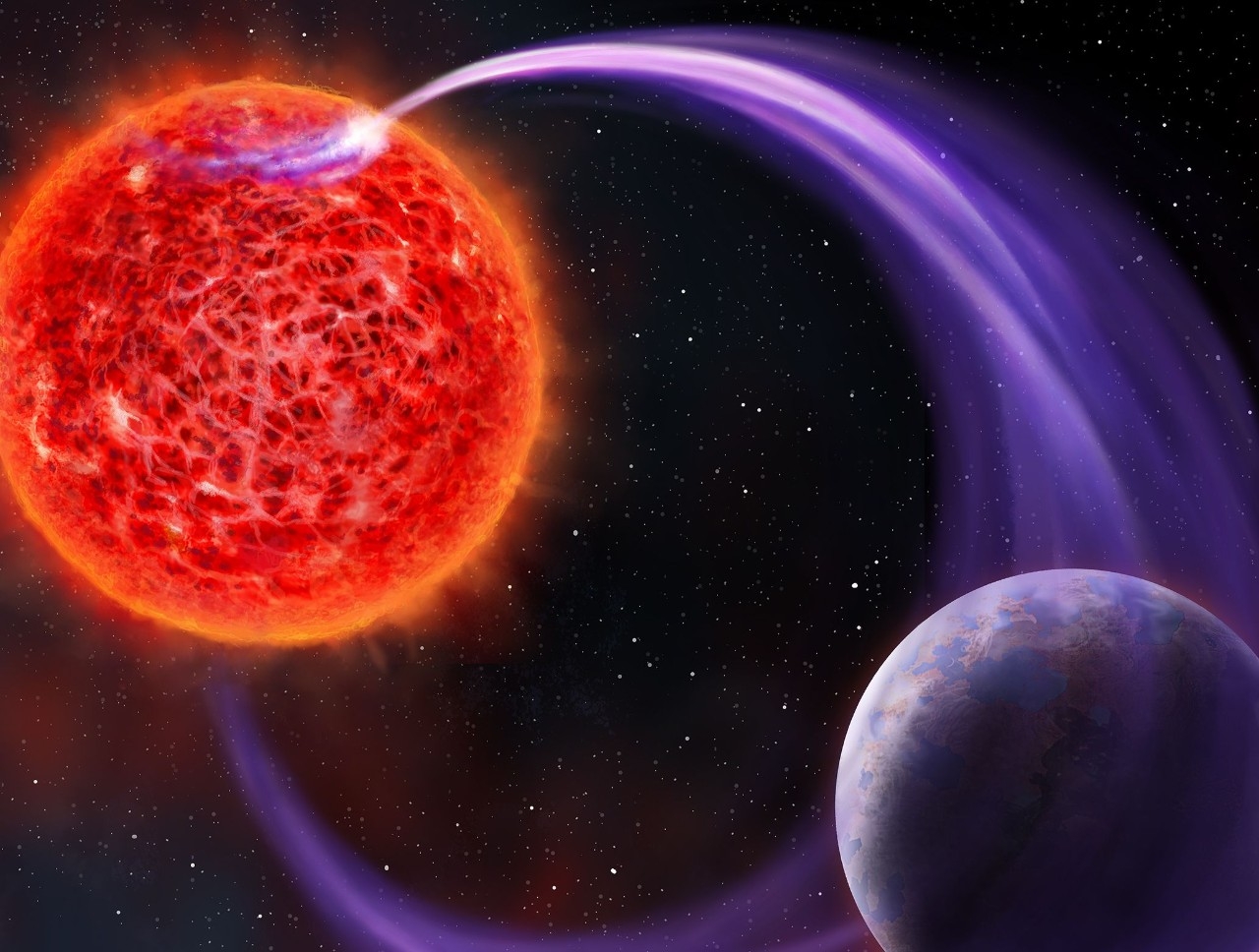Mars is a parched planet ruled by global dust storms. It’s also a frigid world, where night-time winter temperatures fall to -140 C (-220 F) at the poles. But it wasn’t always a dry, barren, freezing, inhospitable wasteland. It used to be a warm, wet, almost inviting place, where liquid water flowed across the surface, filling up lakes, carving channels, and leaving sediment deltas.
But then it lost its magnetic field, and without the protection it provided, the Sun stripped away the planet’s atmosphere. Without its atmosphere, the water went next. Now Mars is the Mars we’ve always known: A place that only robotic rovers find hospitable.
How exactly did it lose its magnetic shield? Scientists have puzzled over that for a long time.
Continue reading “We Might Know Why Mars Lost its Magnetic Field”

